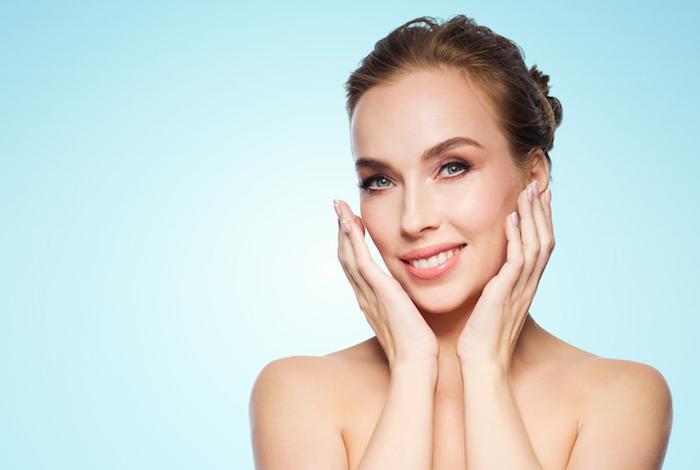The Role of Collagen and Elastin in Your Skin

Wrinkles, lines, and sagging are all part of your skins natural aging process, but do you know why they happen? Even though age-related changes can look different on the surface, theyre all primarily due to decreased production of two important building blocks of youthful, healthy skin: collagen and elastin.
At Rostami OPC, Soheila Rostami, MD, wants patients to understand their skin structure, along with the changes skin undergoes as a result of aging, sun damage, and other factors. Here, she offers a quick overview of collagen and elastin, including their roles and what you can do to protect your skin and even ramp up production of these two elements.
The roles of collagen and elastin
Collagen and elastin are both proteins, and theyre both found in abundance in your body. In fact, collagen is the most common protein in skin and the most abundant protein in the human body.
Elastin and collagen are different, but they work together to form the structure of skin, keeping it firm and resilient.
Collagen
Collagen is a super-strong protein. Inside your skin (and other tissues), collagen forms a strong scaffolding that keeps your skin firm. When collagen begins to degrade, your skin loses that natural supportive structure, which means its more prone to textural changes, along with wrinkles and lines.
Combined with a natural loss of fatty tissue, lesser amounts of collagen speed up the loss of facial volume, leading to sagging and looseness.
Elastin
Elastin sounds like elastic, and for good reason: Elastin is what makes our skin bounce back and stay resilient. In fact, elastin is about 1,000 times more flexible than collagen. When elastin fibers break down, your skin can start to sag. Eventually, you see fine lines and wrinkles, and you start to develop a more worn, tired-out look.
Even though collagen and elastin are different, they can be damaged by the same factors, including:
- Sun exposure
- Chronic illness
- Chronic stress
- Exposure to toxins
- Genetics
- Age-related changes
To keep your skin healthy and beautiful, you need to do all you can to protect your skin and prevent the breakdown of collagen and elastin.
What you can do
Certainly, one of the best ways to protect your skin and slow down collagen and elastin damage is to use sunscreen on a daily basis even on cloudy days and during the winter. Using sunscreen blocks UV rays that can break down collagen and elastin, and it reduces your risk of skin cancers too.
Maintaining a good skin care routine with gentle cleansers and moisturizers is also important. Regular use of moisturizers replenishes your skins natural protective barrier, so it stays healthy and firm inside and out. And of course, eating a healthy diet low in sugars and sodium and drinking plenty of water are important as well.
Restoring collagen and elastin
No matter what, though, collagen and elastin production are going to decline as you get older. The good news: There are treatments that can help spur production of these two essential components of skin, so it looks and feels firmer, more resilient, and more youthful.
Collagen and elastin both play important roles in skin healing, and one of the best ways to increase production of both of these elements is to cause controlled damage beneath the surface of the skin. Dr. Rostami offers several facial rejuvenation techniques that create tiny wounds aimed at triggering collagen and elastin development. One such treatment is microneedling.
Microneedling uses special thin needles to make tiny perforations or punctures into the skin. These tiny wounds stimulate your bodys natural healing responses, including production of collagen and elastin.
Microneedling can be used on its own or in combination with radiofrequency energy to achieve controlled thermal damage in the deeper layers of your skin. Some microneedling treatments incorporate platelet-rich plasma (PRP), another agent that promotes cell repair to reduce the look of wrinkles.
Keep your skin looking its best
Your skin provides important protection for the rest of your body, so it makes sense to do all you can to keep it healthy.
To learn more about skin rejuvenation treatments or to find out about other treatments that can help repair and restore your skin, call Rostami OPC in Reston, Virginia, or book an appointment online today.
